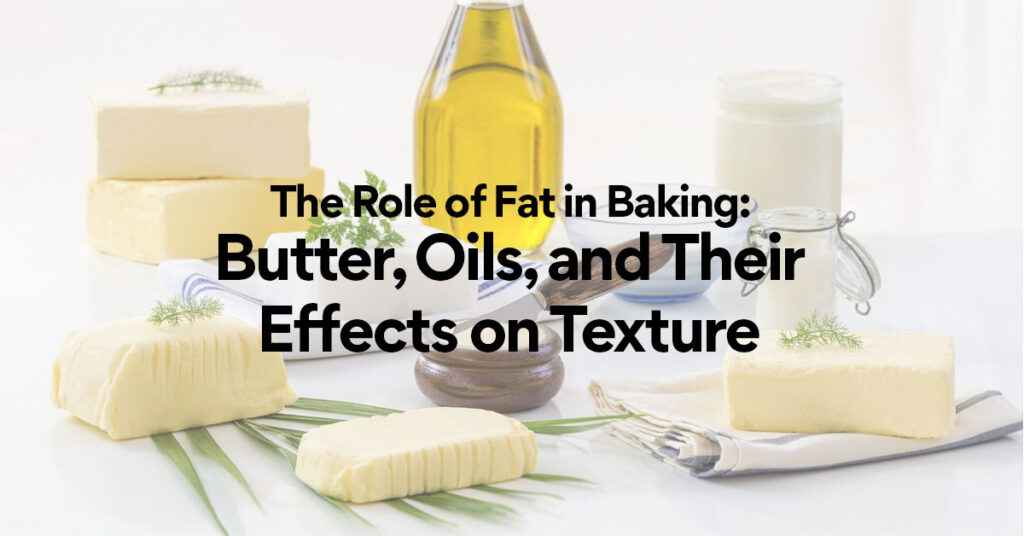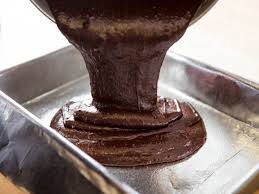
Fat is an essential ingredient in baking, contributing to both the flavor and texture of baked goods. Understanding how fats like butter and oils work in baking can help you achieve professional results, whether you’re making a tender cake, flaky pastry, or rich cookies. Here, we’ll explore the roles of butter and oils and their unique effects on texture through ZeroIn academy.
Butter: The Flavor Enhancer
Butter is often the first choice for bakers, thanks to its rich flavor and versatile nature. Its creamy consistency allows it to trap air when creamed with sugar, giving cakes and cookies a light and fluffy texture. Additionally, butter’s solid structure when chilled helps in creating layers in pastries, such as croissants and puff pastry.
Butter also adds moisture to baked goods, keeping them tender. However, the water content in butter (approximately 15-20%) can impact texture. For instance, high-moisture butter can make cookies spread more, while European-style butter with lower water content is perfect for flaky pie crusts. If you’re fascinated by the science of baking and want to master it, there are excellent cake making classes in Chennai that teach these techniques.
Oils: The Moisture Booster
Oils, such as vegetable or olive oil, bring a different dynamic to baking. Unlike butter, oil is entirely fat with no water content. This allows it to create extremely moist textures in cakes, quick breads, and brownies. If you’ve ever wondered why oil-based cakes feel so soft even days later, it’s because oil coats the flour proteins more thoroughly than butter, limiting gluten formation and ensuring tenderness.
Oils are also easier to mix into batters, making them ideal for recipes where you want a smooth texture without the need for creaming. However, oils lack the distinctive flavor of butter, so recipes relying heavily on butter for taste may not yield the same results with oil substitutions.
Balancing Act: Combining Butter and Oil
Some recipes call for a mix of butter and oil to balance flavor and texture. For example, a cake made with butter for flavor and oil for moistness can have the best of both worlds. Understanding the properties of each fat allows bakers to tailor their recipes to achieve desired results.
Learn the Art of Baking in Chennai
For those who wish to delve deeper, professional baking courses in Chennai can provide hands-on training and insights into the intricate roles of ingredients, including fats.
Why Choose the Best?
Attending our best baking classes in Chennai ensures you gain expert guidance and a strong foundation in baking. You’ll not only learn how to use fats effectively but also discover how to create perfect textures for cakes, cookies, and pastries.
Butter and oils are more than just ingredients; they’re the building blocks of texture and flavor in baking. By understanding their roles, you can elevate your baking skills to new heights. To bring your passion for baking to life, join a baking class in Chennai and let your culinary journey begin!

